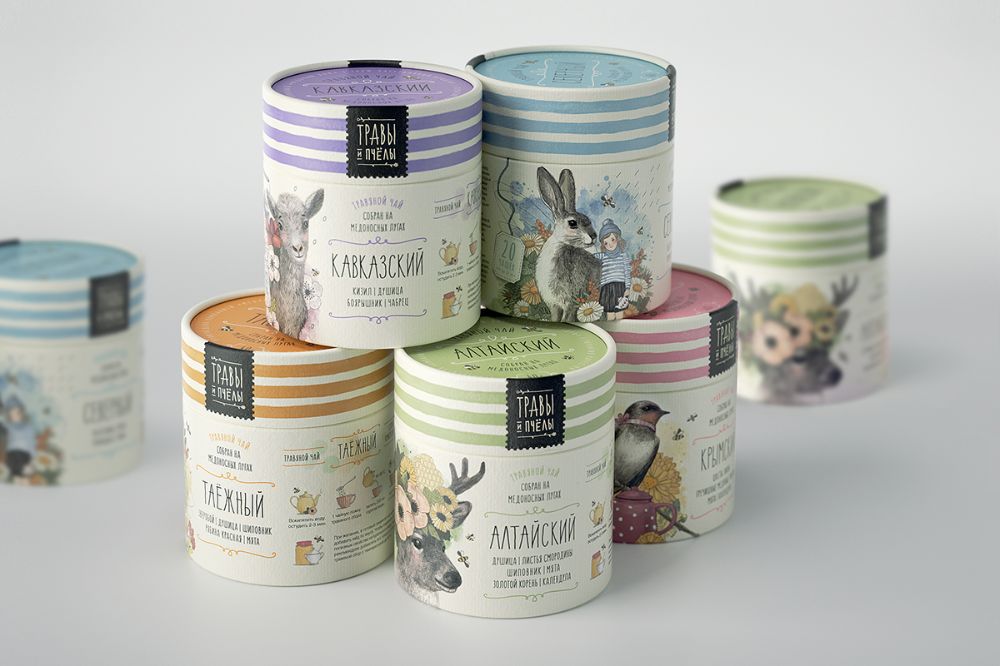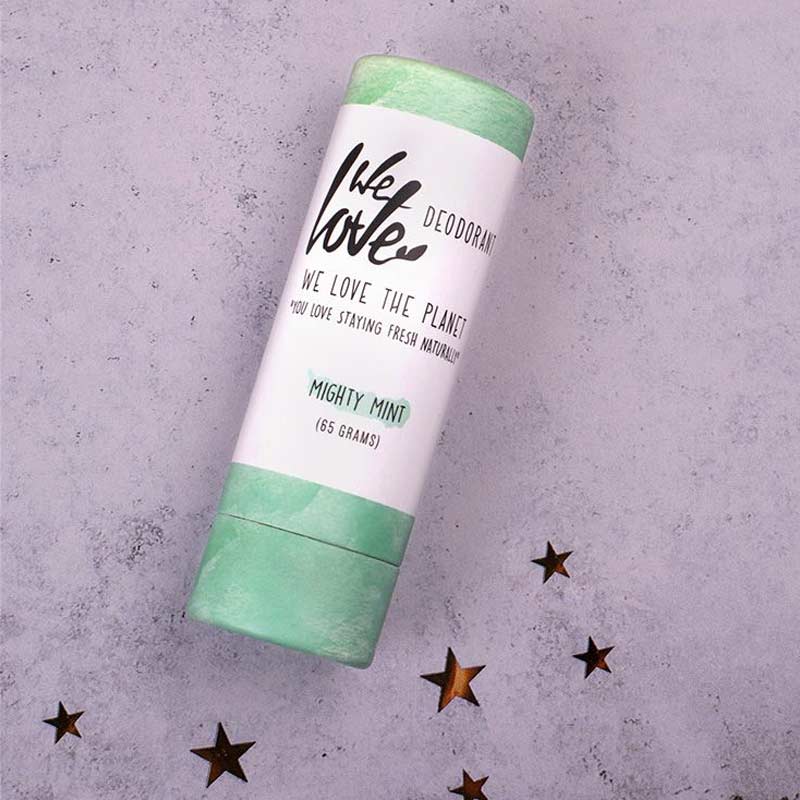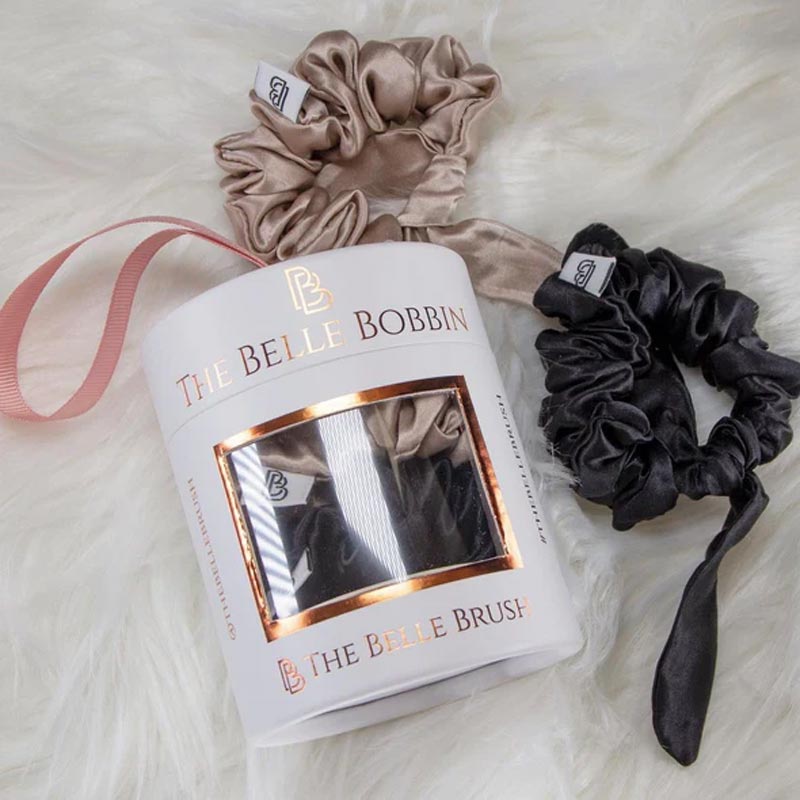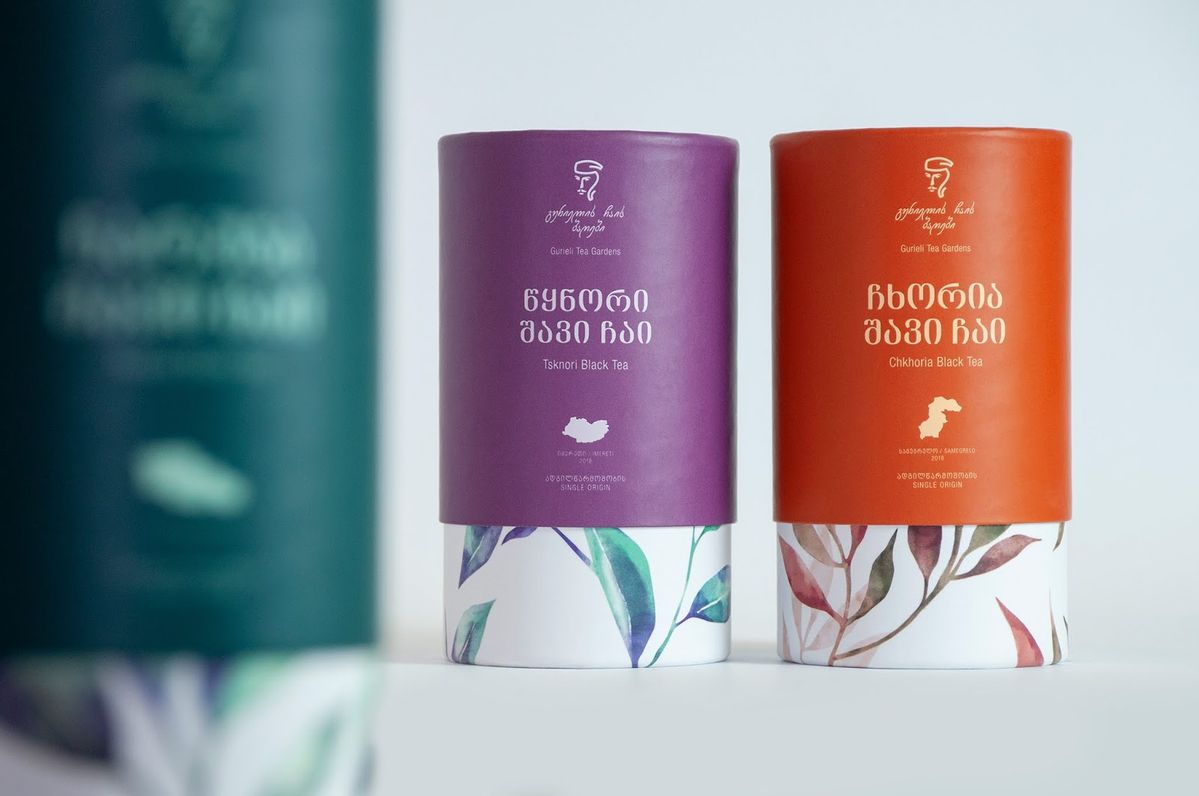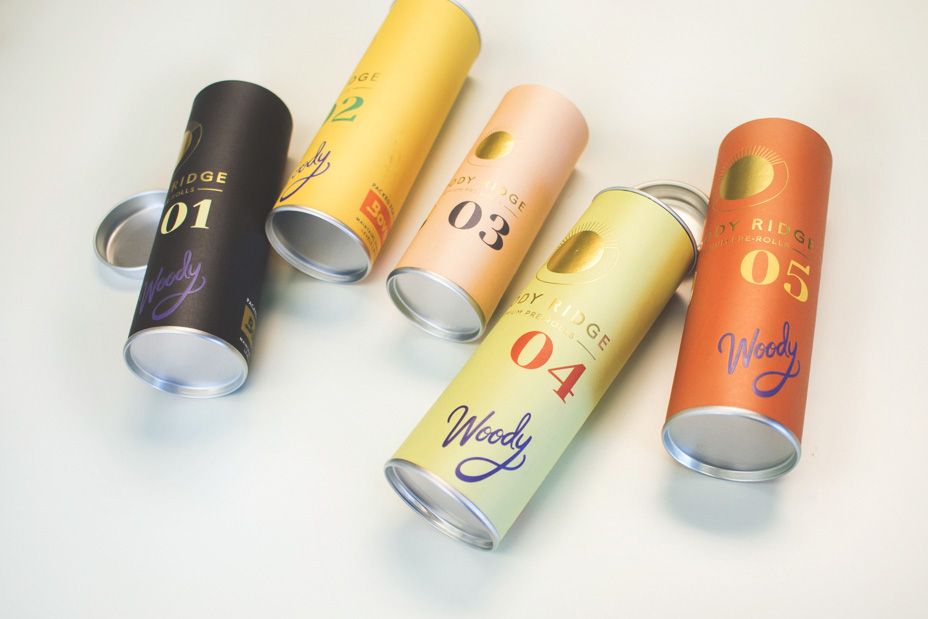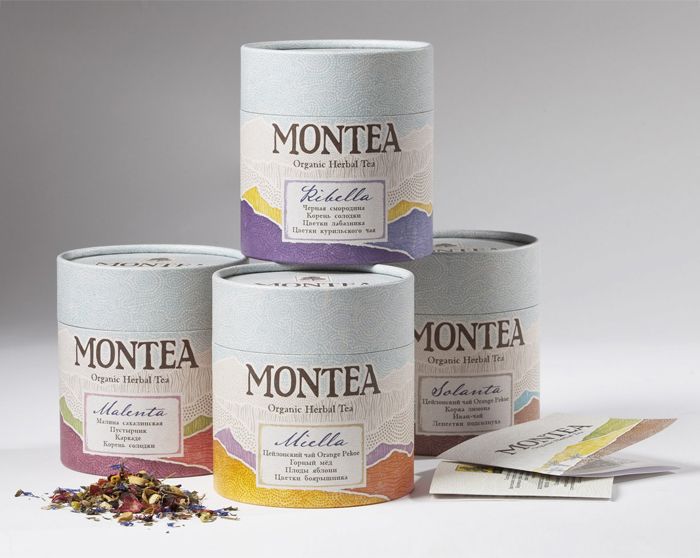Sustainable packaging is no longer just a trend—it’s a consumer expectation. Studies show that 73% of global consumers prefer brands with sustainable packaging (Nielsen, 2024). In this paper tube packaging guide, we’ll explore how paper tube packaging fits this demand perfectly, being biodegradable, recyclable, and often made from post-consumer materials. Compared to plastic, paper tubes significantly reduce environmental impact while enhancing brand credibility.
Why Choose Paper Tube Packaging?
Paper tubes combine strength, versatility, and premium aesthetics. Unlike rigid boxes or plastic containers, the cylindrical design optimizes material use and protection. They are ideal for food powders, cosmetics, clothing, and even fragile items. This paper tube packaging guide will walk you through types, materials, customization options, and industry applications to help you make the best choice.
Chapter 1: Understanding Paper Tube Fundamentals
Materials That Make the Tube
Paper tubes are primarily made from:
Kraft Paper: Durable and eco-friendly; used in food and shipping.
Whiteboard/Greyboard: Smooth surface for premium printing; ideal for cosmetics.
Recycled Paper: Eco-conscious choice; slightly less rigid but cost-effective.

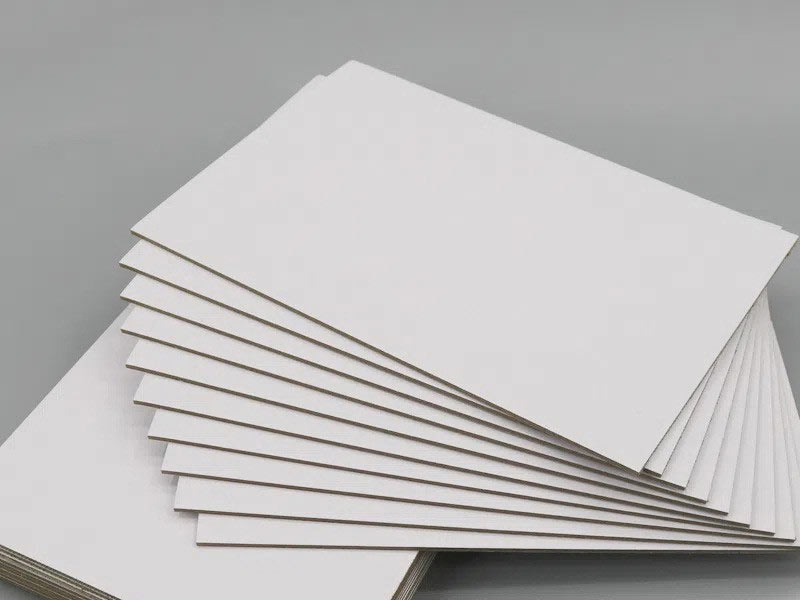
Key Terms Explained
Inner Liner: Protects against moisture or oils.
Wall Thickness (GSM): Determines rigidity (typically 200–800 GSM).
End Caps: Plastic, metal, cork, or paper; affects resealability and aesthetics.
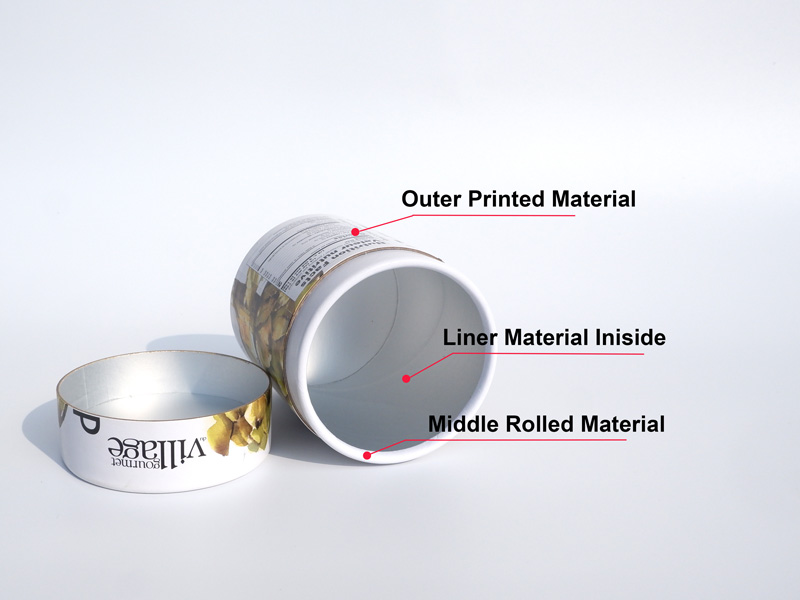
Chapter 2: A Deep Dive into Paper Tube Types & Materials
By Material Composition
Kraft Paper Tubes: Durable, eco-friendly, used for teas, snacks, or shipping.
Whiteboard/Greyboard Tubes: Smooth finish for high-quality printing; used for cosmetics and gifts.
Recycled Material Tubes: Brands focusing on sustainability often prefer these.

kraft paper tube whiteboard tube
whiteboard tube
By Structural Type – A paper tube packaging guide for business
Single-Unit Tubes: Simple cylinders for powders, snacks, or posters.
Telescopic/Expandable Tubes: Adjustable height for multi-size products or gift sets.
Butt-Joint Tubes: Extra durability for heavy or long items.
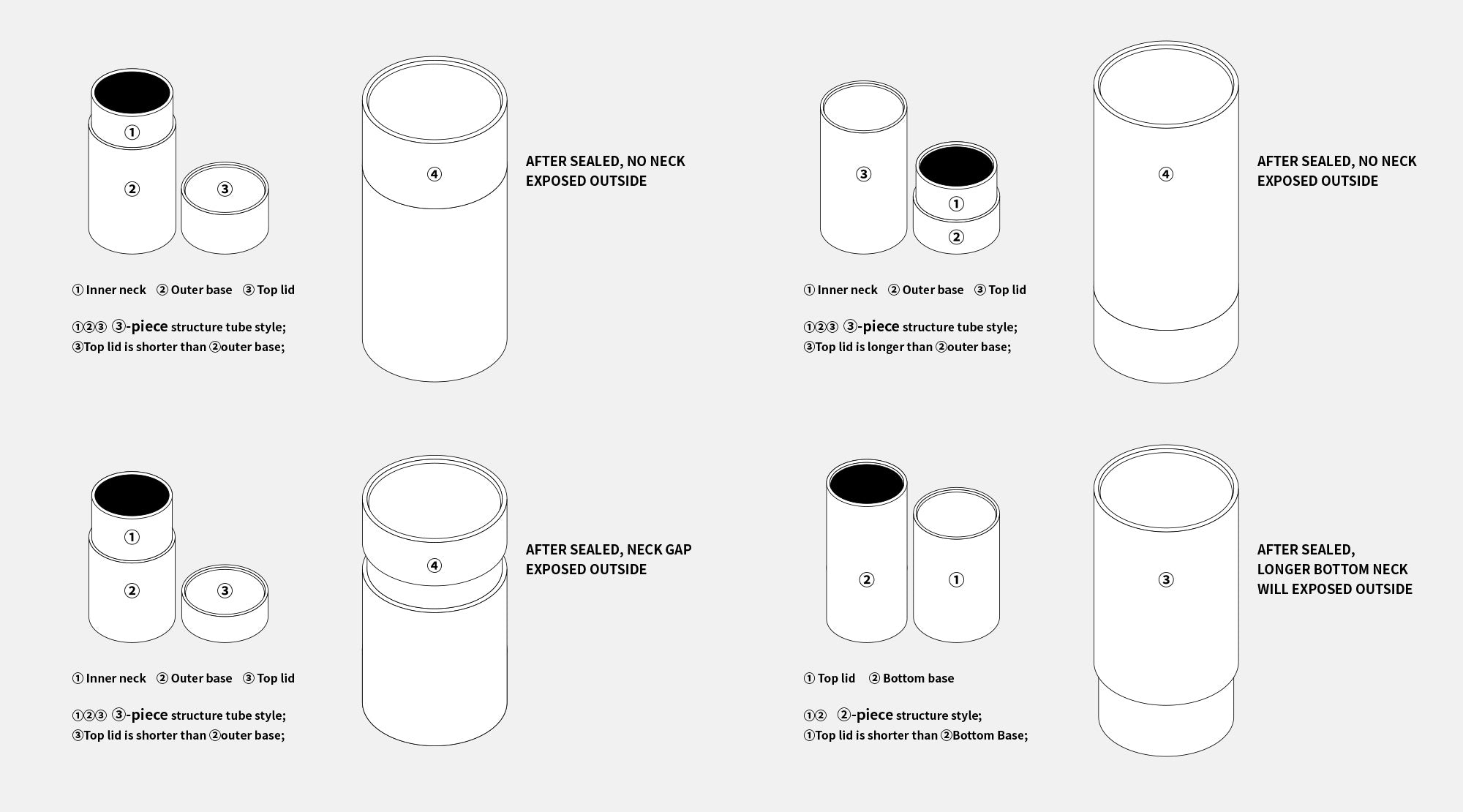
paper tube packaging guide infographic
Special Function Types
Window Tubes: Transparent panel to display contents, ideal for candles or candies.
Shaker Top Tubes: Paper made or aluminum made shaker top for fine powder or spices to despens.
Bottom Push-Up Tubes: Great for lip balms or solid cosmetics; reduces waste.
Child-Safe Caps: Ensures tamper-proof closures for supplements, chemicals, or cosmetics.



Chapter 3: The Designer’s Toolkit: Finishes & Customization
Printing & Branding Options
UV Offset Printing: Vibrant, durable colors for luxury packaging.
Flexographic Printing: Cost-effective for bulk production.
Digital Printing: Short runs with complex designs, variable data possible.
Hot Foil Stamping: Adds metallic accents for premium appeal.

Surface Treatments
Embossing/Debossing: Adds tactile luxury to logos or patterns.
Spot UV Coating: Highlights specific elements like logos or text.
Matte/Gloss Laminates: Matte for premium feel, gloss for shine.
Soft-Touch/Anti-Scratch Films: Enhances user experience, common in cosmetics.

End Caps & Internal Options
Cap Types: Plastic, metal, cork, paper push-on, or twist-off.
Custom Inserts: EVA or foam trays for fragile items.
Inner Bags: Essential for powders or moisture-sensitive items.
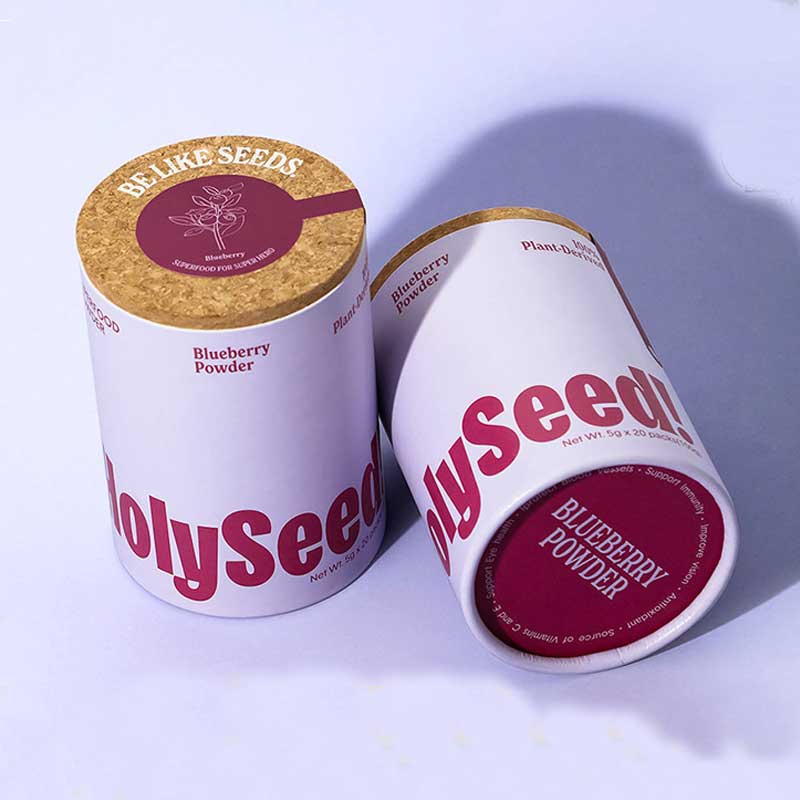
Chapter 4: Unmatched Versatility: Industry Use Cases
Food & Beverage
Paper tubes are used for teas, coffee, protein powders, and dried snacks. Airtight liners maintain freshness. Brands replacing plastic tubs with paper tubes can reduce plastic use by up to 80%.
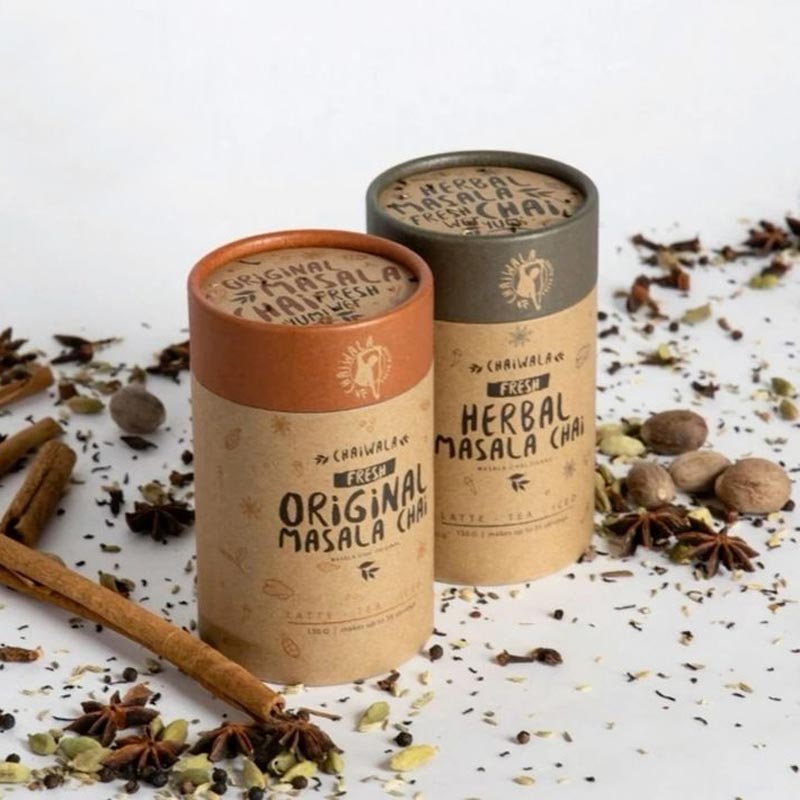
Beauty & Skincare
Lip balms, deodorants, and solid lotions use push-up tubes. Luxury brands also emboss logos or add foil stamping for premium appearance.

Retail & E-Commerce
T-shirts, scarves, and gifts can be shipped in paper tubes for stacking efficiency and enhanced unboxing experience.
Printing & Publishing
Posters, maps, or artwork fit perfectly in sturdy paper tubes, preventing bending or damage.

Industrial & Logistics
Paper tubes are used for transporting powders, small parts, or fragile components in warehouses.

Chapter 5: The Sustainable Choice: Environmental Credentials
Biodegradable & Recyclable
Most paper tubes are recyclable; biodegradable options degrade in 6–12 months.
Sourcing & Certifications
FSC or PEFC-certified tubes ensure sustainable forestry. Post-consumer recycled content further reduces environmental impact.
Reducing Carbon Footprint
Paper tubes consume up to 60% less energy than plastic alternatives and their lighter weight reduces shipping emissions.
Chapter 6: How to Source & Specify Your Paper Tubes
Finding Reliable Suppliers
Look for manufacturers experienced in custom paper tube packaging, who offer guidance on materials, printing, and certifications.
Specification Guidelines
Decide on:
Material type & thickness
Tube diameter & height
End cap type & finish
Inserts or inner bags
Ordering Process
Request sample approval
Approve final design proof
Confirm production timeline, shipping, and quality checks
Conclusion: The Future of Paper Tube Packaging
Innovation Trends
Smart packaging (QR codes, NFC chips)
Modular tubes for multi-product bundles
Advanced barrier coatings for moisture or oil resistance
Suggested Image: Futuristic tube concept image.
Why Paper Tubes Will Endure
Paper tube packaging offers sustainability, versatility, and premium aesthetics, making it a lasting solution for brands across industries. It is more than a container—it is a brand statement.
All Paper Tube specializes in custom paper tube packaging that fits your products and brand perfectly. Backed by years of manufacturing experience, we offer expert guidance and reliable solutions to create sustainable, high-quality packaging that meets your business needs.
Contact a packaging specialist now

